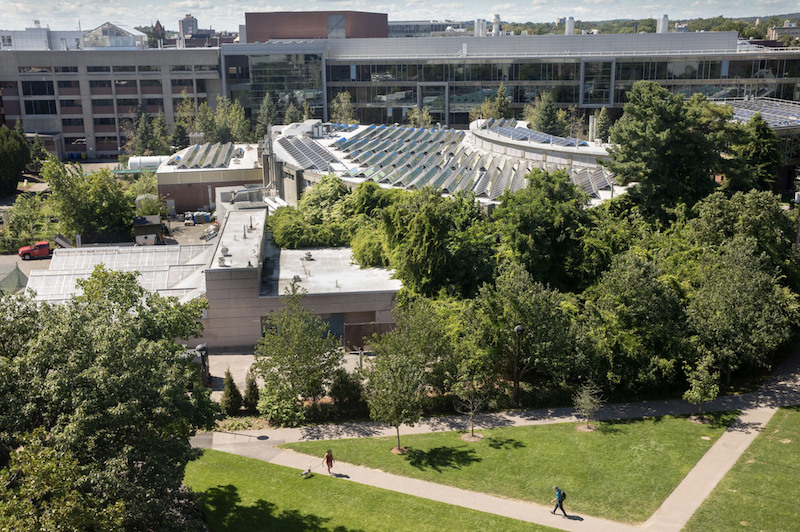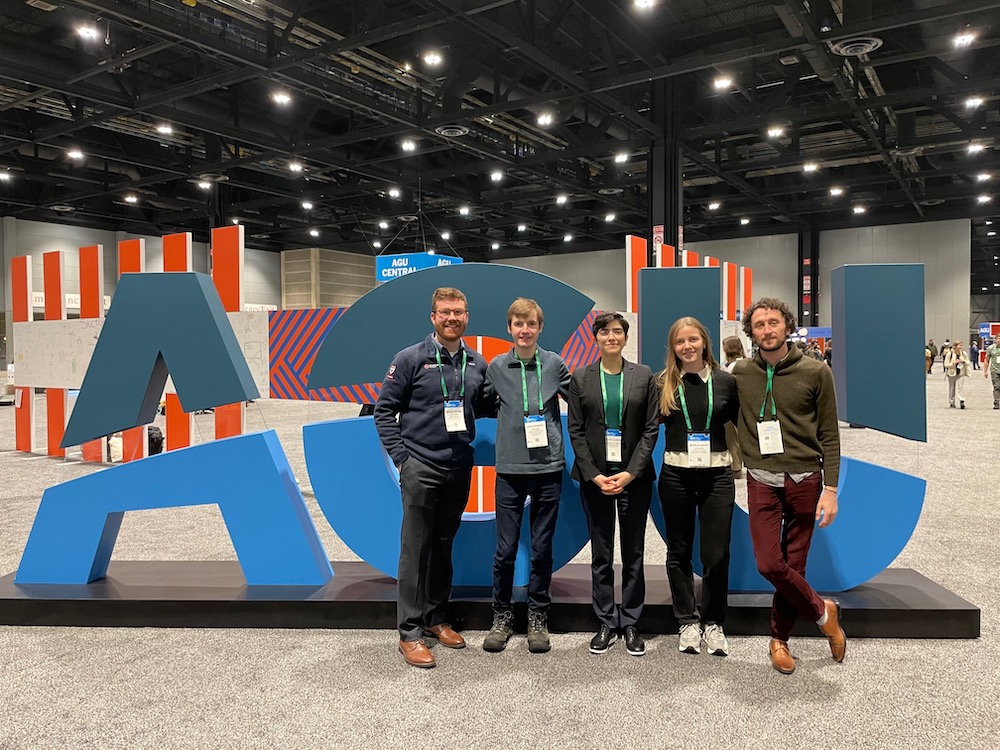
It’s unacceptable to have an energy-efficient building that makes people sick, just as it’s unacceptable to have a healthy building that ignores buildings’ role in the climate crisis. Therefore, healthy and green building strategies must go hand in hand.
Buildings consume 40% of global energy and are thus a major contributor to global warming. Governments and businesses have introduced energy-reduction targets, putting buildings at the center of their effort. With pressure from the bottom up (the public), the top down (governments and standard-setting organizations), and outside (the scientific community), the healthy and green building movement is on the rise. In addition, there is a clear business case for investing in energy-efficient buildings. Companies that adopt healthy and green building standards improve indoor air quality AND save energy and money.
The process involves simple things like system cleaning, performance checks, leak checks, evaluation of wear-and-tear, and general maintenance.
Increased ventilation helps reduce infectious disease transmission and absenteeism. As an additional benefit, it improves cognitive functions. Adding heat-energy-recovery ventilation is a way to recapture the energy and heat in the air before it is exhausted from a building.
MERV-13 filters are designed to protect people, as they capture 80% to 90% of air pollutants. They are made with a low-pressure drop, meaning HVAC fans need less energy to filter air.
Smart building sensor platforms are the key to optimizing buildings’ health and energy. New lower-cost monitoring networks verify the performance of indoor spaces and introduce demand-control ventilation. There is no need to waste energy on cooling or heating empty conference rooms. Therefore, this new technology adjusts airflow in a building based on occupancy.
On-site fossil fuel combustion in buildings is an essential source of air pollutant emissions, including greenhouse gases. Air-source and ground-source heat pumps are a way to use electricity for heating and cooling instead of oil or gas.
The team’s previous research on the so-called “Falcon Curve” showed that if all buildings convert to electricity use, the energy peak will shift from summer to winter. To flatten the curve, the energy demand will need to be reduced, for example, by using energy storage, phase-change materials, or investing in renewable energy sources.
The multi-disciplinary CoBE team, spanning from Harvard to Boston University to Oregon State University, has presented the tool at various events and conferences throughout the US. Through community and policy projects, the team has tested CoBE in the field and made it available to stakeholders. A continuous dialogue with policymakers, standard-setting organizations, business leaders, and others is vital to assess the tool in practice and develop it further.
We are always interested in new collaborations. If you want to learn more and test the tool, please contact Brian Sousa, Research Data Analyst at Boston University School of Public Health: sousab@bu.edu.
